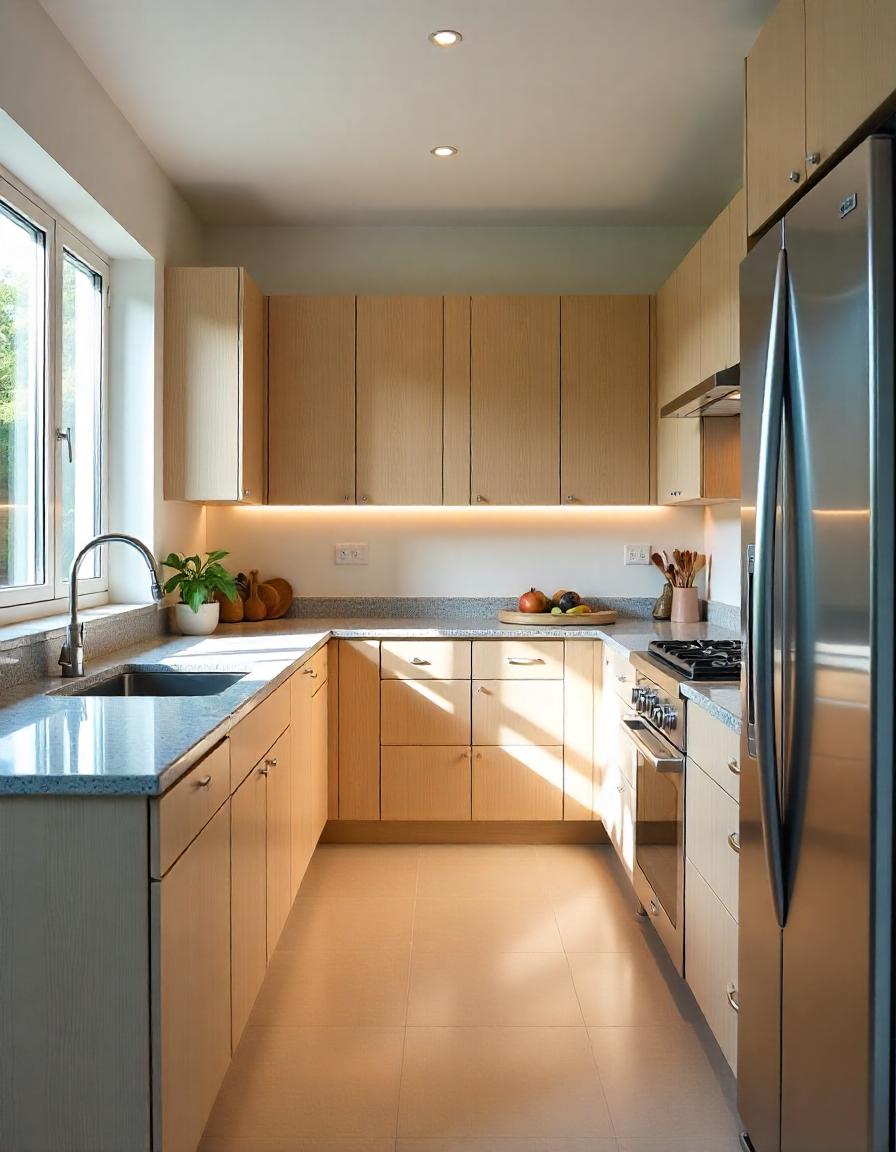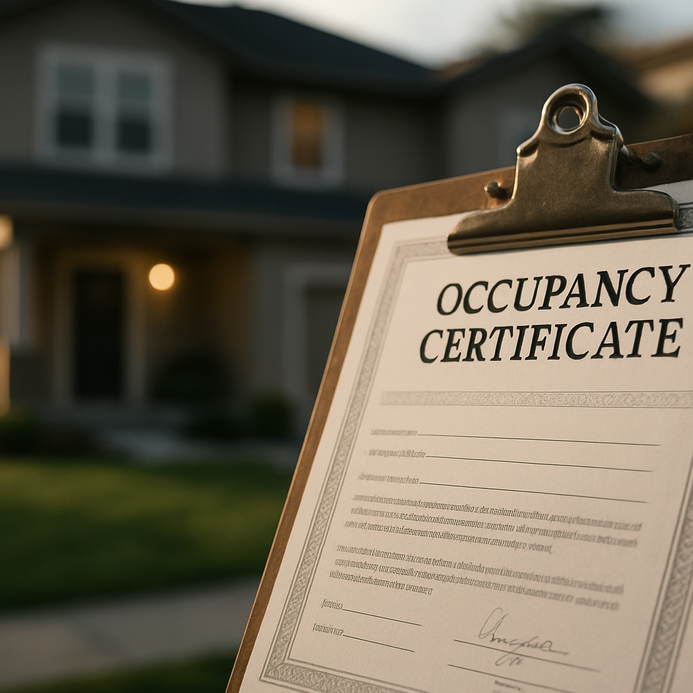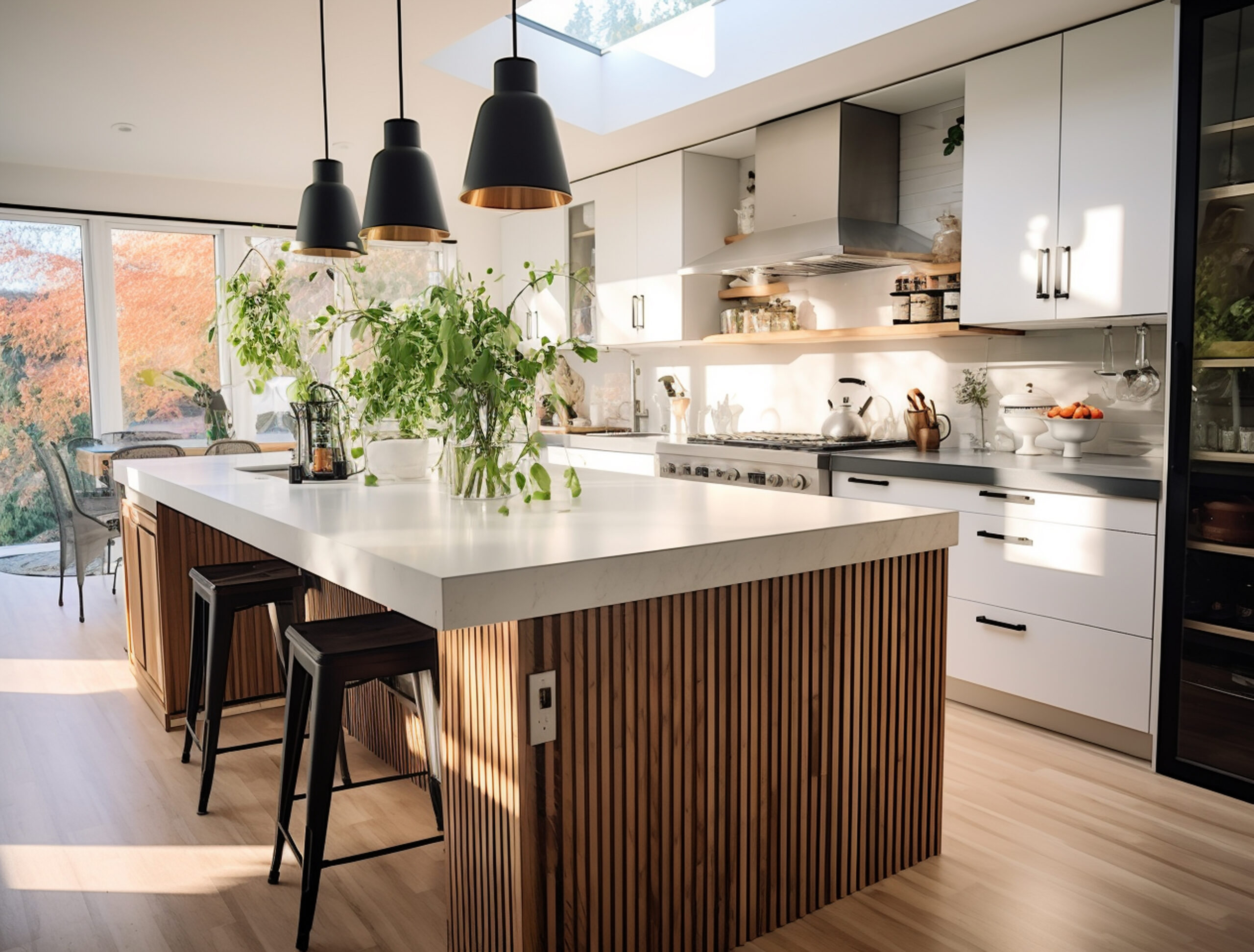Kitchen Triangle Design: What Makes It So Effective?
Are you tired of feeling like you’re running a marathon every time you cook? The solution may lie in a simple but powerful kitchen design principle known as the Kitchen Triangle. This concept has been a cornerstone of kitchen design for decades, helping homeowners create more efficient, safe, and enjoyable spaces.
In this blog, we’ll explore how the Kitchen Triangle can make your life easier by optimizing the layout of your modern kitchen and creating a functional kitchen design that works for you. Whether you’re designing a new kitchen or remodeling an existing one, the Kitchen Triangle is a key feature you don’t want to overlook.
What is the Kitchen Triangle?
The Kitchen Triangle refers to the strategic placement of three key elements in your kitchen: the fridge, the stove, and the sink. These three points form a triangle that creates a smooth workflow, minimizing the distance you need to travel between tasks like cooking, cleaning, and prepping.
Why is this important? Because in a well-designed kitchen, the layout should work for you, not against you. The Kitchen Triangle ensures that you can move effortlessly between the most-used areas of your kitchen, saving you time and energy every day.

How It Improves Kitchen Efficiency
A well-executed Kitchen Triangle is essential for creating an efficient kitchen layout. Here’s how it works:
- Fridge: This is your main storage space for fresh ingredients. The fridge should be placed in a way that makes it easily accessible when you start cooking or need a quick snack.
- Stove: The stove is where most of the cooking happens. It needs to be close enough to the fridge so that you can easily transfer ingredients, but also near the sink for washing and cleaning as you go.
- Sink: Whether you’re rinsing vegetables, washing dishes, or cleaning your hands, the sink is a crucial part of the Kitchen Triangle. It should be positioned for easy access, allowing you to clean up without interrupting your cooking flow.
By arranging these three elements in a triangle, you reduce unnecessary movement and create a functional kitchen layout that improves both kitchen efficiency and safety.
Benefits
The Kitchen Triangle is about more than just convenience—it directly impacts how you use your kitchen every day. Here are some of the major benefits:
- Reduces Unnecessary Movement
In kitchens that don’t follow the Kitchen Triangle rule, you may find yourself walking long distances to fetch ingredients, cook food, and clean up. By placing the fridge, stove, and sink within close proximity, you minimize unnecessary movement and make cooking more efficient. - Enhances Safety
The kitchen is one of the busiest areas of the home, and also one of the most dangerous, with hot surfaces, sharp knives, and heavy pots. A well-designed Kitchen Triangle keeps everything within easy reach, reducing the risk of accidents and making your kitchen a safer place to work. - Saves Time
By optimizing the layout with the Kitchen Triangle, you can complete tasks faster and more efficiently. Whether you’re preparing a quick breakfast or cooking a large family dinner, an efficient kitchen layout helps you get things done more quickly, so you can spend more time enjoying your meal. - Improves Workflow
In a functional kitchen, every task flows naturally from one to the next. With the Kitchen Triangle, you can move seamlessly between prepping, cooking, and cleaning, without unnecessary stops or detours. This enhanced workflow allows you to focus on what really matters—creating delicious meals and spending time with loved ones.
How to Incorporate the Kitchen Triangle in Modern Kitchen Design

While the Kitchen Triangle is a timeless design concept, modern kitchens often require flexibility. Many modern kitchen designs now include additional zones, like kitchen islands, prep areas, or coffee stations. The key is to maintain the core principle of the triangle—ensuring that the fridge, stove, and sink are arranged to support an efficient workflow.
Here are some tips to help you incorporate the Kitchen Triangle into your kitchen design:
- Maintain Optimal Distance
Each side of the Kitchen Triangle should ideally be between 4 and 9 feet. This ensures that you can move between the fridge, stove, and sink easily without feeling cramped or having to walk too far. - Avoid Obstructions
Make sure nothing blocks the flow between the three points of the Kitchen Triangle. For example, an island or counter shouldn’t obstruct the path from the stove to the fridge or sink. A clear path ensures smooth movement and prevents bottlenecks. - Consider Your Kitchen Layout
The Kitchen Triangle works well in various kitchen layouts, including L-shaped kitchens, U-shaped kitchens, and galley kitchens. The layout of your kitchen will determine how you can best arrange the triangle, but the key is always the same—create a space where you can move effortlessly between tasks.
Making The Kitchen Triangle Work for You
The Kitchen Triangle is more than just a design trend—it’s a practical solution that enhances the functionality of your kitchen. Whether you’re designing a new space or renovating an existing one, this layout will make your kitchen more efficient, safer, and easier to use.
By reducing unnecessary movement, improving workflow, and creating a space where everything is within reach, the Kitchen Triangle helps you get more done in less time. This means more time to enjoy meals with your family, more time to relax, and less time spent running back and forth between the fridge and stove. If you’re planning a kitchen renovation or considering a new build, keep the Kitchen Triangle in mind. This simple design principle can make a world of difference in your daily life, turning your kitchen into a space that’s not only beautiful but also a joy to use.













